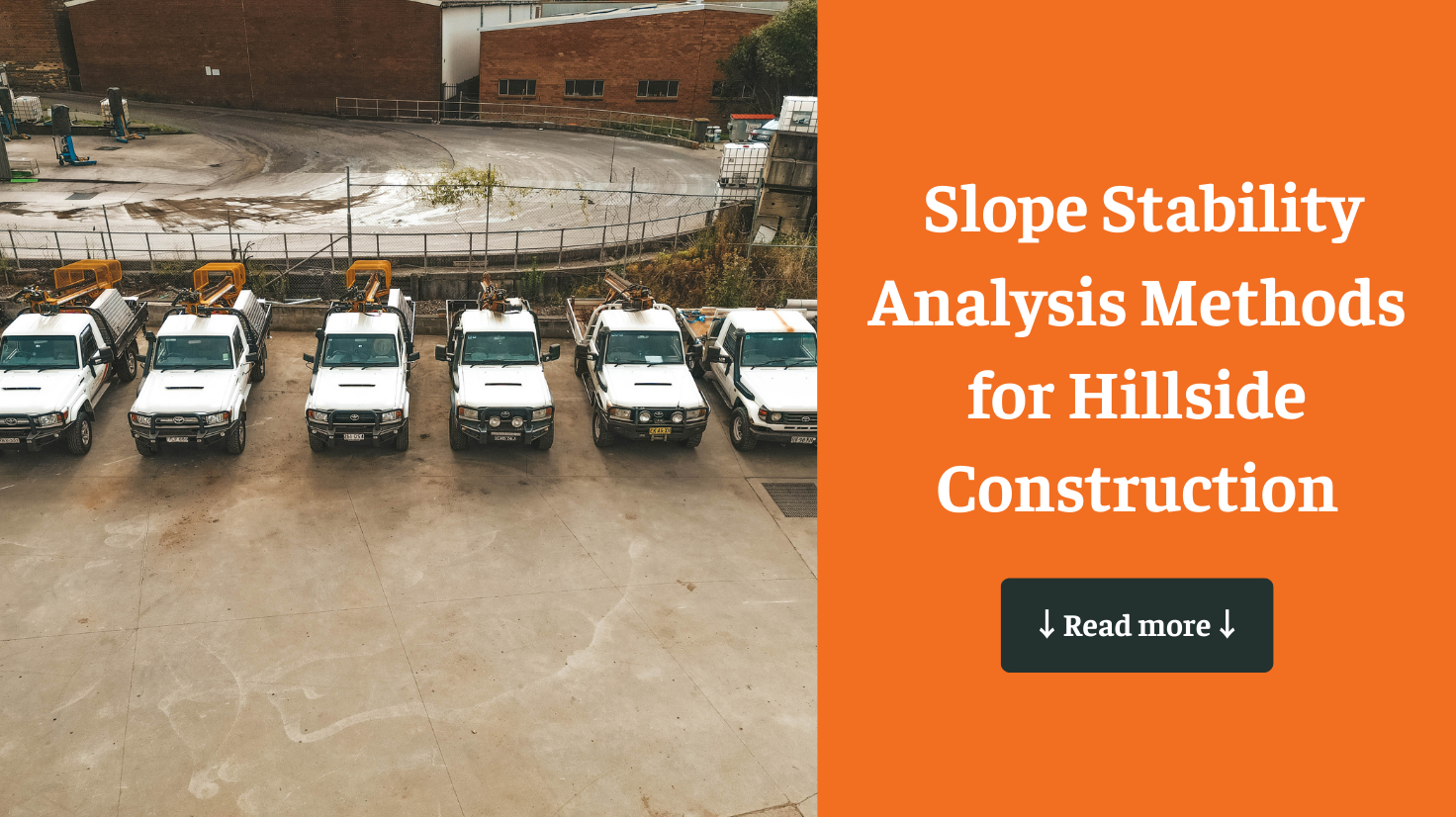Contaminated site assessment is a critical process for identifying harmful contaminants in soil or land, essential for anyone involved in land transactions or development. Whether you’re purchasing property, applying for a Development Application (DA), or planning a construction project, understanding the condition of the land is vital. A thorough contaminated site assessment not only uncovers potential environmental risks but also determines if remediation is necessary before development can safely proceed.
In this guide, we’ll delve into the four phases of a contaminated site assessment, outlining their importance for safe, compliant, and sustainable land use.
1. What Is a Contaminated Site Assessment?
A contaminated site assessment is an evaluation process used to identify hazardous contaminants present in soil, groundwater, and other environmental media. Typically, this assessment is conducted by environmental professionals during the pre-purchase phase of land acquisition or as part of the Development Application (DA) process required by local councils.
The primary goal of a contaminated site assessment is to ensure that the land is safe for its intended use, posing no risks to human health or the environment. This process helps stakeholders, such as developers, landowners, and regulatory authorities, make informed decisions about land use and the need for remediation efforts.
2. Why Conduct a Contaminated Site Assessment?
Conducting a contaminated site assessment is essential for several reasons:
2.1 Pre-Purchase Evaluation:
- Before purchasing any land, it’s crucial to understand its environmental condition. A contaminated site assessment provides detailed insights into the presence of harmful substances, such as heavy metals, hydrocarbons, asbestos, or industrial chemicals. With this information, buyers can make informed decisions about proceeding with the purchase, negotiating terms, or requiring remediation as part of the sale agreement.
2.2 Development Application (DA) Process:
- Local councils often mandate a contaminated site assessment during the DA process to ensure that the proposed development is suitable for the site conditions. This assessment helps identify any potential environmental or health risks associated with the land, enabling the developer to address these issues before construction begins. This step is critical for compliance with environmental regulations and for securing necessary permits.
2.3 Environmental Protection and Public Health:
- Early identification of contaminants is crucial in preventing environmental degradation and safeguarding public health. If contamination is detected, prompt remediation efforts can restore the land to a safe condition, preventing the spread of pollutants to neighboring areas and water sources. This proactive approach not only protects the environment but also mitigates potential legal liabilities and community concerns.
3. The Four Phases of a Contaminated Site Assessment
The evaluation process usually unfolds in four distinct phases:
- Phase 1 – Preliminary Site Investigation The first phase involves gathering information about the site’s history and potential contamination sources. This phase includes a site visit, a review of historical records, and interviews with current or former property owners. The objective is to identify any areas of concern that may require further investigation.
- Phase 2 – Detailed Site Investigation If the preliminary investigation indicates potential contamination, a detailed site investigation follows. This phase involves collecting soil, groundwater, and sediment samples for laboratory analysis. The results provide a clearer picture of the contamination’s extent, concentration, and potential impact on human health and the environment.
- Phase 3 – Site Remedial Action Plan Based on the detailed investigation findings, a Site Remedial Action Plan is developed. This plan outlines the steps required to remediate the contaminated site, including the removal or treatment of contaminated soil and the monitoring of environmental conditions. The plan ensures that the site will be safe for its intended use once remediation is complete.
- Phase 4 – Validation and Site Monitoring Reports The final phase includes validating the remediation efforts and conducting ongoing site monitoring. Validation confirms that the remediation was successful and that the site meets the required safety standards. Continuous monitoring may be necessary to ensure that the site remains free from contaminants over time.
4. Conclusion
A contaminated site assessment is an essential step in ensuring the safety and suitability of land for development or purchase. By following the four phases of assessment—Preliminary Site Investigation, Detailed Site Investigation, Site Remedial Action Plan, and Validation and Site Monitoring—you can identify and address potential environmental hazards effectively.
For expert assistance with contaminated site assessments, contact Idealcorp. We provide comprehensive soil and land assessments to help you manage environmental risks and ensure compliance with local regulations






